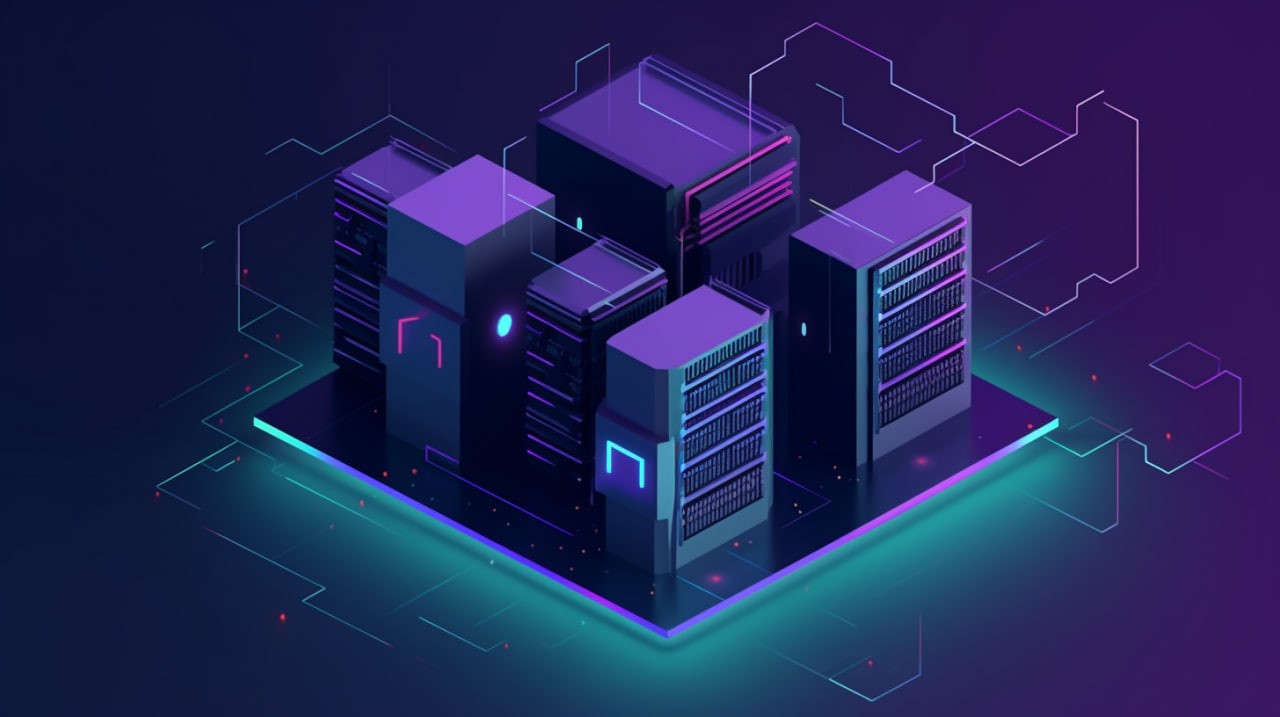Security Analysis and Industry Outlook of the HashValue Cloud Mining Platform

As the cryptocurrency market continues to mature and attract both retail and institutional investors, the infrastructure surrounding digital asset mining is evolving just as rapidly. At the forefront of this evolution is cloud mining — a model that allows users to mine cryptocurrencies without owning or managing physical mining equipment. Among the platforms emerging as industry leaders, HashValue stands out due to its focus on security, transparency, and long-term sustainability. This article takes an in-depth look at the security architecture of the HashValue cloud mining platform and provides an outlook on the future of the cloud mining industry as a whole.
The Evolution of Cloud Mining and Its Significance
Cloud mining offers a low-barrier entry for individuals interested in participating in cryptocurrency mining. By leasing hash power from remote data centers, users can earn mining rewards without investing in expensive hardware, dealing with electricity costs, or navigating the complexities of mining algorithms.
The significance of cloud mining lies in:
-
Accessibility: Anyone with internet access can participate.
-
Scalability: Enterprises can scale up operations quickly.
-
Decentralization: It supports broader distribution of mining power, enhancing network resilience.
However, the sector has historically been marred by scams, unsustainable models, and lack of transparency. That’s where secure, transparent platforms like HashValue are changing the game.
HashValue’s Security Framework: Building Trust through Transparency
The security of a cloud mining platform is not merely a technical concern—it directly impacts users’ assets, trust, and the long-term viability of the business. HashValue’s security infrastructure is designed to address risks at multiple levels.
1. Data Center Physical Security
HashValue’s mining operations are hosted in Tier III+ certified facilities, with:
-
Biometric access controls
-
24/7 surveillance systems
-
Redundant power and cooling systems
-
Geographic distribution to prevent single-point failure
2. Network and Infrastructure Protection
The platform utilizes:
-
End-to-end encryption for all user data
-
DDoS mitigation systems to prevent network disruption
-
Real-time anomaly detection powered by AI
-
Firewall segregation between user zones and operational zones
3. Smart Contract Integration and Audits
To ensure trustless mining payouts and contract execution:
-
All contracts on HashValue are deployed via smart contracts
-
Code is audited regularly by independent blockchain security firms
-
A bug bounty program incentivizes ethical hackers to report vulnerabilities
4. Two-Factor Authentication and Role-Based Access
All user accounts and admin consoles require:
-
Multi-factor authentication (MFA)
-
Role-based privileges to restrict internal access
-
Cold wallet storage for customer funds with multi-sig support
Regulatory Compliance and Legal Standing
One of HashValue’s core strengths is its proactive approach to legal compliance:
-
Licensed under FinTech and crypto asset guidelines in multiple jurisdictions
-
Regular internal and third-party AML/KYC audits
-
Compliance with GDPR and data sovereignty regulations
Such practices not only protect the platform from legal risks but also build confidence among users and institutional partners.
Industry Outlook: The Next Phase of Cloud Mining
The cloud mining market is projected to grow at a CAGR of over 18% between 2024 and 2030. Key trends that will shape the industry include:
1. Green Mining and ESG Integration
With growing concerns around carbon emissions, platforms that use renewable energy sources and provide ESG disclosures will see increased adoption. HashValue is currently shifting 60% of its mining operations to hydroelectric and solar-powered facilities.
2. Tokenization of Mining Contracts
Smart contract-based cloud mining enables fractional ownership of hash power, allowing broader participation and secondary market trading. HashValue is planning a marketplace for mining contract tokens in 2025.
3. AI Optimization and Predictive Algorithms
AI will increasingly be used for:
-
Predictive maintenance of mining rigs
-
Hashrate optimization based on market trends
-
Energy usage forecasting for cost savings
4. Cross-Chain Mining Platforms
Future-ready platforms will offer mining services across multiple blockchain networks, from Bitcoin and Ethereum to newer proof-of-work alternatives like Kaspa and Radiant.
Challenges to Overcome
While the potential is vast, the industry faces hurdles such as:
-
Regulatory uncertainty in certain countries
-
Scalability of renewable energy solutions
-
Cybersecurity threats that evolve rapidly
-
Market volatility, especially in the wake of halving events
HashValue addresses these risks through strategic partnerships, ongoing tech upgrades, and real-time threat monitoring.
Conclusion: HashValue as a Pillar of Secure and Sustainable Mining
In a sector that has historically been fraught with opacity and risk, HashValue’s approach sets a new benchmark for what cloud mining should look like. By prioritizing security, regulatory compliance, and sustainability, the platform is well-positioned to become a long-term leader in the digital mining revolution.
As blockchain networks continue to decentralize and evolve, the role of cloud mining will only grow in importance. With platforms like HashValue leading the charge, users can participate in this transformation with confidence and clarity.
For more information, visit www.hashvalue.com.
More Related News

HashValue Report: Decentralized AI Tokens Gain Mining and Investor Focus

HashValue Unveils Crypto Mining Risk Alert System, Flags 3 Volatile Tokens

HashValue Builds a Bridge: Perfectly Integrating Cryptocurrency Purchase and Sustainable Cloud Mining


 English
English
 Deutch
Deutch
 Espanol
Espanol
 Francais
Francais
 Italiano
Italiano
 Dutch
Dutch
 Portugues
Portugues
 Русский
Русский
 Svenska
Svenska
 日本
日本
 한국인
한국인
 Türk
Türk